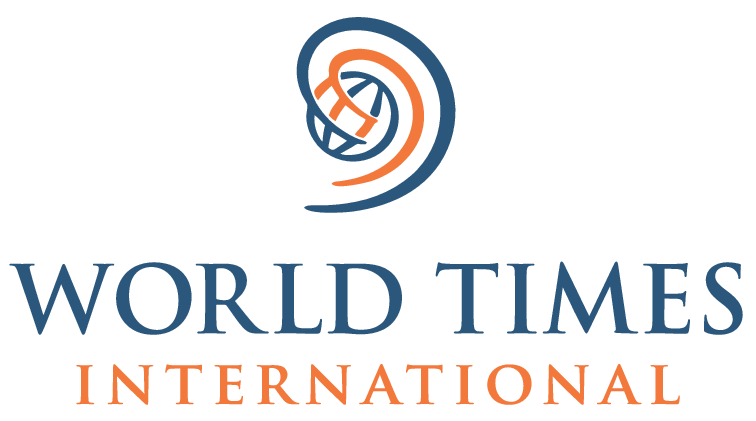- 227 Upper Mall, Mall Road, Lahore
- jworldtimesint@gmail.com
- Monday - Friday : 10:30AM - 6:30PM
Ensuring Gender Equality in Healthcare: A pathway to achieve SDGs and Economic Prosperity
For decades, women have been facing gender disparities across various fields. Healthcare is not an exception; women face gender inequality here too. Closing the gender gap in terms of women’s health is not just important to create equality in society it has the potential to create a lucrative market. Health and gender have a significant correlation and are the core targets of achieving Sustainable Development Goals. By addressing gender inequalities in healthcare, countries can not only achieve gender equality but can be enroute towards inclusive economic development and prosperity.
The McKinsey Health Institute’s innovative report, “Closing the Women’s Health Gap: A $1 Trillion Opportunity to Improve Lives and Economies,” discusses gender inequalities in healthcare and its socioeconomic impacts.
The healthcare gap begins from the grassroots level where scientific researchers always base their experiments on male specimens while ignoring the sex-based differences in the functioning of both males and females. Similarly, the effectiveness of medicines may vary from men to women. For instance, the main treatment of Asthma for all patients is using inhalers, however, studies show that this treatment is 20% less effective in women than in men. As per research conducted in the United States, there is a lack of proper understanding of disease creating a women’s health gap of 40 million to 45 million per year. This is because of the lack of women centric healthcare research leading towards more health burden on women than men.
Healthcare scientists can foster gender equality which will ultimately lead to a higher volume of new therapies. This will enable women to get access to treatments and potentially boost the world’s economy. There exists quite a strong association between better health and economic prosperity. As per the report, investing in health to close the gender gap could help boost the global economy by $1 trillion annually by 2040. Along with these economic benefits, this would enable the establishment of equity and inclusivity in health which otherwise has been swept under the rug.
It is also pertinent to mention here that often women’s health is confined to only sexual and reproductive health. However, one needs look at women’s health issues beyond these lenses. Another dimension towards which health specialists do not pay heed to includes overlooking diseases leading to disability and primarily focusing on diseases with high mortality rates such as oncological conditions. Women facing depression and other symptoms after menopause live their lives in despair. There is a lack of data identifying clearly the underlying symptoms of menopause as it is rarely considered within the classification of health and disease. Most of these women belong to working age which affects their ability to earn and resultantly impacts the global economy too. According to a report, around 45% of working-age women bear this health burden.
There’s also a need to highlight the interconnection of women’s health with other socio-economic factors. For example, women often face barriers to healthcare access. This disadvantage is based on various factors including race, ethnicity, and socioeconomic status etc. According to the World Economic Forum, in the United States, black women are 2.6 times more likely to die from pregnancy-related causes than white women. Similarly in India, prenatal care is three times more accessible to women of upper caste than the women of lower caste. In The Girl Who Cried Pain: A Bias against Women in the Treatment of Pain, Dianne Hoffman and Anita Tarzian specified the disparities women face in terms of undertreatment or improper diagnosis of pain. In LICs where patriarchy had already been entrenched in the fabric of society, women’s health is further underscored.
The pressing priority at present is to increase the investment in women’s health. Medical researchers need to consider female specimens to better understand how women respond to certain infections differently. This fundamental inclusion would be a starting point to narrow down the gender bias in health. Further, investing in treatments for health conditions that are generally ignored such as menopause possesses immense market potential. It is estimated that around one billion women in the world are suffering from the symptoms of menopause which is affecting their economic lives. Moreover, access to accurate timely medication and therapies will enable those women to play their part in the economy of their countries. Tackling these gender inequalities in healthcare can aid the world in achieving both SDG 3 and SDG 5 i.e., ensuring healthy lives and gender equality respectively.

Ms Faiza Ihsan
is a writer of International Relations with a special focus on gender development and youth mobilization.

